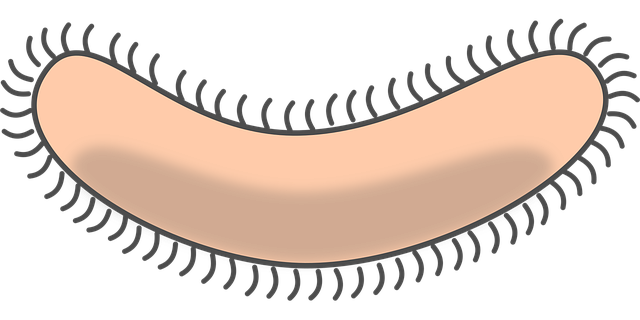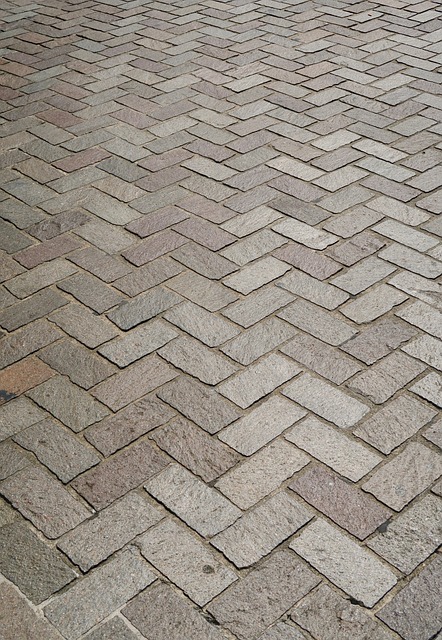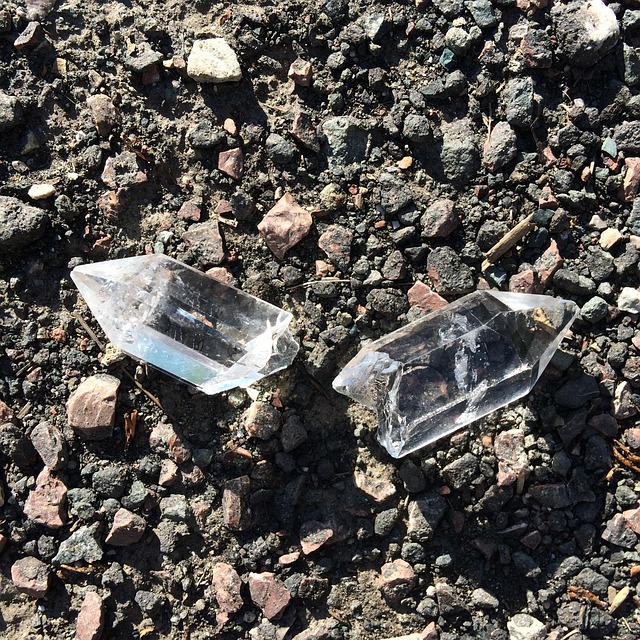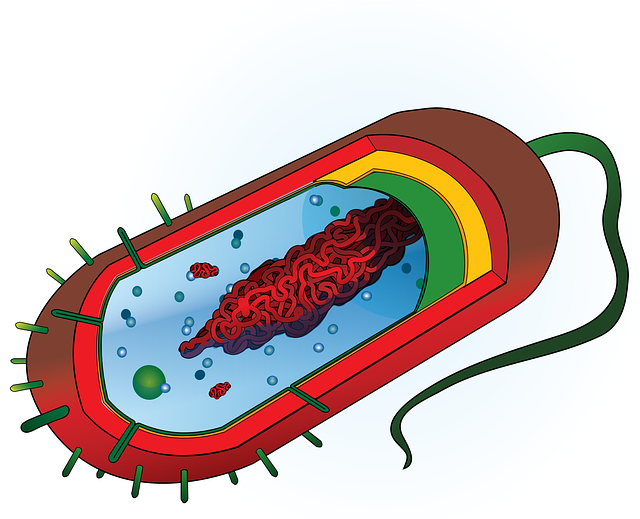In modern biological research, cost-effective cell cultivation, especially for stem cells, is crucial due to their versatility in regenerative medicine. Optimizing stem cell maintenance media formulations balances cellular nutritional needs with budget constraints, while adhering to quality assessment guidelines ensures consistent results. Advancements like serum-free and mitogen-free media, tailored for specific stem cell types, significantly reduce costs and cultivation expenses. These strategies enhance experimental control, benefit both academic and clinical applications, and enable high-quality stem cell production at reduced costs from lab to industrial scales.
“Discover the future of cost-effective cell cultivation in modern research. As scientific demands grow, finding economical solutions without sacrificing quality is paramount. This article explores strategies to optimize stem cell culture media, minimize costs through innovative techniques, and select affordable reagents. From laboratory to industrial scale, we delve into streamlining processes to enhance efficiency and reduce expenses associated with stem cell culture media. Embrace these methods to advance research while managing budgets effectively.”
- Understanding Cost-Effective Cell Cultivation: A Need in Modern Research
- Optimizing Stem Cell Culture Media: Key to Reducing Expenses
- Techniques for Minimizing Cultural Costs Without Compromising Quality
- Selecting Affordable Yet Reliable Reagents and Supplements
- Streamlining Processes: From Laboratory to Industrial Scale Production
Understanding Cost-Effective Cell Cultivation: A Need in Modern Research

In modern biological research, cost-effective cell cultivation has emerged as a pressing need, especially with the increasing demand for stem cell applications. Stem cells, known for their versatility and potential in regenerative medicine, require specialized care during stem cell culture media preparation and maintenance. The challenge lies in balancing the nutritional requirements of these cells while keeping costs manageable, particularly for labs conducting extensive research or small-scale industries.
Optimizing stem cell maintenance media formulations is a key strategy to achieve cost-effectiveness without compromising cell quality. Researchers can leverage advancements in media technology, incorporating tailored nutrient profiles and growth factors to promote efficient optimizing stem cell expansion in vitro. Furthermore, adherence to stem cell culture quality assessment guidelines ensures consistent results, preventing unnecessary expenditure on substandard cultures.
Optimizing Stem Cell Culture Media: Key to Reducing Expenses

Optimizing stem cell culture media is a strategic approach to significantly reduce costs in cell cultivation. The composition of defined stem cell media components plays a critical role in achieving successful and cost-effective processes. By eliminating unnecessary additives and focusing on essential elements, researchers can streamline their media formulations. This tailored approach ensures that the medium provides the necessary nutrients, growth factors, and supplements required for optimal cell proliferation without incurring extra expenses.
In particular, switching to serum-free and mitogen-free stem cell culture media offers a viable path to enhance efficiency and minimize costs. These specialized media solutions are meticulously designed to support the growth of mesenchymal stem cells (MSCs) with high yield. By removing animal-derived components and mitigating potential contaminants like mitogens, researchers can achieve more consistent and reliable results while reducing waste and associated costs. This, in turn, facilitates a more sustainable and cost-efficient cell cultivation process for various therapeutic applications.
Techniques for Minimizing Cultural Costs Without Compromising Quality

Cultivating cells at a reduced cost without sacrificing quality is an area of intense research and development in the field of stem cell biology. Techniques to minimize cultural costs often focus on optimizing media formulations, which play a crucial role in both long-term stem cell culture solutions and media optimization for clinical-grade stem cells. By carefully adjusting nutrient concentrations, growth factors, and supplements, researchers can create cost-efficient media formulations that support the clonal expansion of stem cells.
Additionally, implementing strategies such as cell density monitoring, sequential medium replacement, and the use of serum-free or defined media can further reduce expenses. These approaches not only decrease the financial burden but also enhance experimental control and consistency, making them valuable for both academic research and clinical applications. Effective media optimization for clinical-grade stem cells ensures that the final product meets stringent quality standards while maintaining cost-effectiveness.
Selecting Affordable Yet Reliable Reagents and Supplements

Selecting affordable yet reliable reagents and supplements is a key consideration in cost-effective cell cultivation. When setting up stem cell culture, researchers often face the challenge of balancing quality with budget. Thankfully, advancements in biotechnology have led to the development of serum-free and mitogen-free stem cell culture media, which not only reduce costs but also eliminate potential contamination risks. These specialized media formulations are designed to support robust cell growth while minimizing expenses.
For specific applications like hematopoietic stem cells, xeno-free stem cell culture systems have emerged as a viable alternative. By eliminating xenogenic components from the media, these systems not only enhance cellular purity but also significantly lower production costs. Moreover, tailored specialized media for different types of stem cells can further optimize cultivation conditions and reduce waste, contributing to an overall more economical process.
Streamlining Processes: From Laboratory to Industrial Scale Production

Advances in cost-effective cell cultivation have streamlined processes from laboratory to industrial scale production, marking a significant milestone in stem cell research. By optimizing techniques for large-scale stem cell culture, researchers and manufacturers can now produce high-quality stem cells at a reduced cost, making them more accessible for therapeutic applications. This shift towards efficiency is largely driven by the development of serum-free and mitogen-free stem cell culture methods, which eliminate variable components and potential contaminants, respectively.
One key component that has revolutionized this process is defined stem cell media. By offering precise control over the cellular microenvironment, these media ensure consistent cell growth and functionality across different batches. Furthermore, quality control measures for stem cell research media play a pivotal role in maintaining robust and reproducible results, ultimately enhancing the reliability of the entire cultivation process.
Cost-effective cell cultivation is no longer a luxury but a necessity in modern research. By optimizing stem cell culture media, employing efficient techniques, selecting affordable reagents, and streamlining processes from lab to industrial scale, researchers can significantly reduce expenses without sacrificing quality. These strategies not only benefit individual labs but also enhance the accessibility of cellular therapies and biopharmaceuticals, ultimately fostering advancements in healthcare.













